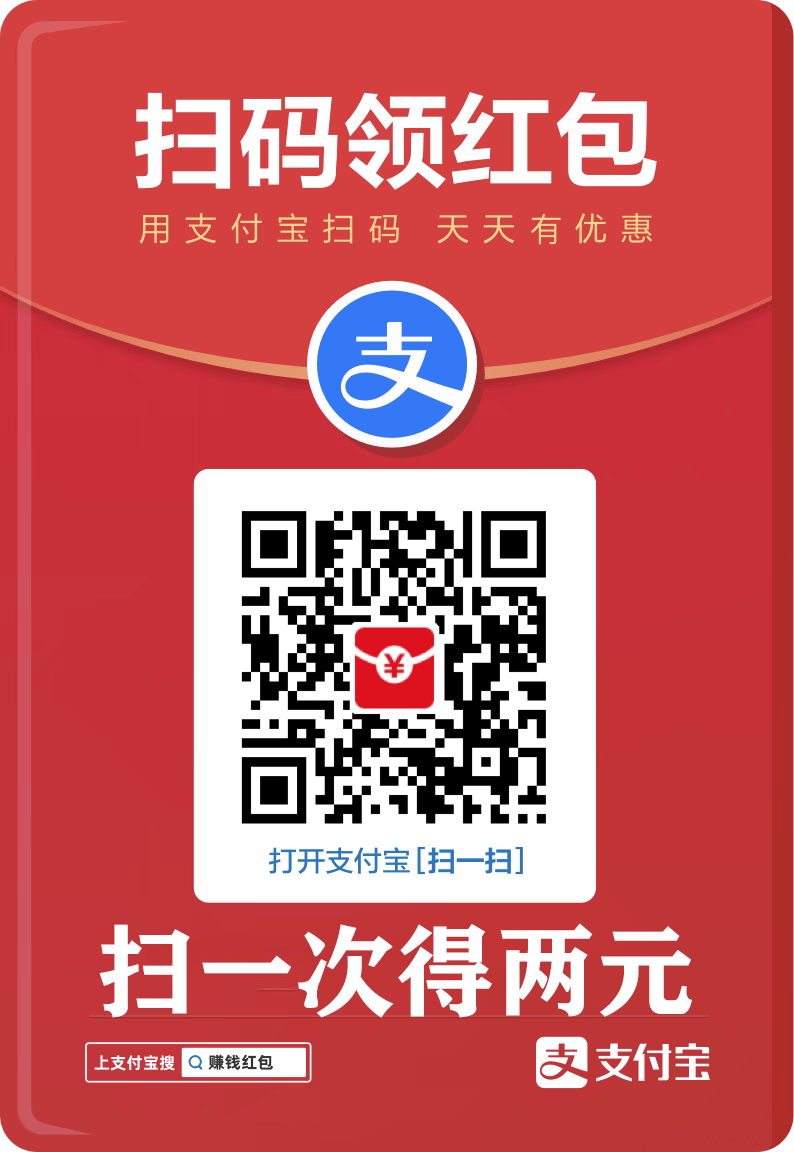您现在的位置是:网站首页> 编程资料编程资料
React props全面详细解析_React_
![]() 2023-05-24
922人已围观
2023-05-24
922人已围观
简介 React props全面详细解析_React_
一、Props 是什么
先来看一个 demo :
function Chidren(){ return 我是子组件 } /* props 接受处理 */ function Father(props) { const { children , mes , renderName , say ,Component } = props const renderFunction = children[0] const renderComponent = children[1] /* 对于子组件,不同的props是怎么被处理 */ return ( { renderFunction() } { mes } { renderName() } { renderComponent } my name is YinJie } // ④ props 作为渲染函数 > { ()=>hello,world } { /* ⑤render props */ } } }我们看一下输出结果:

当点击触发更改时就能够调用回调更改数据源:

所以 props 可以是:
① props 作为一个子组件渲染数据源。
② props 作为一个通知父组件的回调函数。
③ props 作为一个单纯的组件传递。
④ props 作为渲染函数。
⑤ render props , 和④的区别是放在了 children 属性上。
⑥ render component 插槽组件。
二、props children模式
我们先来看看 prop + children 的几个基本情况:
1. props 插槽组件
上述可以在 Container 组件中,通过 props.children 属性访问到 Children 组件,为 React element 对象。
作用:
- 可以根据需要控制 Children 是否渲染。
- 像上一节所说的, Container 可以用 React.cloneElement 强化 props (混入新的 props ),或者修改 Children 的子元素。
举一个用React.cloneElement 强化 props 的例子,多用于编写组件时对子组件混入新的 props,下面我们要做一个导航组件,我们希望它的结构如下:
我们想给每个 MenuItem 子组件都添加 index 属性,这个事情不应该让用户手动添加,最好是可以在 Menu 组件中自动为每个 MenuItem 子组件添加上,并且 Menu 组件还应该判断子组件的类型,如果子组件的类型不是 MenuItem 组件就报错。
Menu.tsx:
const Menu: React.FC= (props) => { // ... 一些操作 const renderChildren = () => { // 让子级的children都是 menuItem,有不是的就报错 return React.Children.map(children, (child, index) => { const childElement = child as React.FunctionComponentElement const { displayName } = childElement.type if(displayName === 'MenuItem' || displayName === "SubMenu") { return React.cloneElement(childElement, { index: index.toString() }) } else { console.error('warning: Menu has a child whitch is not a MenuItem') } }) } return ( ) }
{renderChildren()}
在 Menu 组件中我们通过 React.children.map 来循环子组件,通过 child.type 可以获取到每个子组件的 displayName 静态属性,这个在子组件中有定义:

通过子组件的 displayName 来判断是否是我们需要的 MenuItem,如果是的话就调用 React.cloneElement 来为子组件添加 index 属性。
2. render props模式
{ (ContainerProps)=> }
这种情况,在 Container 中, props.children 属性访问到是函数,并不是 React element 对象,我们应该调用这个函数:
function Container(props) { const ContainerProps = { name: 'alien', mes:'let us learn react' } return props.children(ContainerProps) }这种方式作用是:
1 根据需要控制 Children 渲染与否。
2 可以将需要传给 Children 的 props 直接通过函数参数的方式传递给执行函数 children 。
3. render props模式
如果 Container 的 Children 既有函数也有组件,这种情况应该怎么处理呢?
{ (ContainerProps)=> }
const Children = (props)=> () function Container(props) { const ContainerProps = { name: 'alien', mes:'let us learn react' } return props.children.map(item=>{ if(React.isValidElement(item)){ // 判断是 react elment 混入 props return React.cloneElement(item,{ ...ContainerProps },item.props.children) }else if(typeof item === 'function'){ return item(ContainerProps) }else return null }) } const Index = ()=>{ returnhello, my name is { props.name }{ props.mes }} { (ContainerProps)=> }
这种情况需要先遍历 children ,判断 children 元素类型:
- 针对 element 节点,通过 cloneElement 混入 props ;
- 针对函数,直接传递参数,执行函数。
三、进阶实践
实现一个简单的
相关内容
- 如何通过点击按钮切换显示不同echarts图表_vue.js_
- 一文搞懂JavaScript中原型与原型链_javascript技巧_
- elementUI动态表单 + el-select 按要求禁用问题_vue.js_
- JavaScript深拷贝与浅拷贝原理深入探究_javascript技巧_
- Vue element-UI el-select循环选中的问题_vue.js_
- React 中 memo useMemo useCallback 到底该怎么用_React_
- 使用echarts柱状图实现select下拉刷新数据_vue.js_
- Vue+element自定义指令如何实现表格横向拖拽_vue.js_
- 在nodeJs中如何修改json文件中的数据_node.js_
- Vue3 源码分析reactive readonly实例_vue.js_
点击排行
本栏推荐





